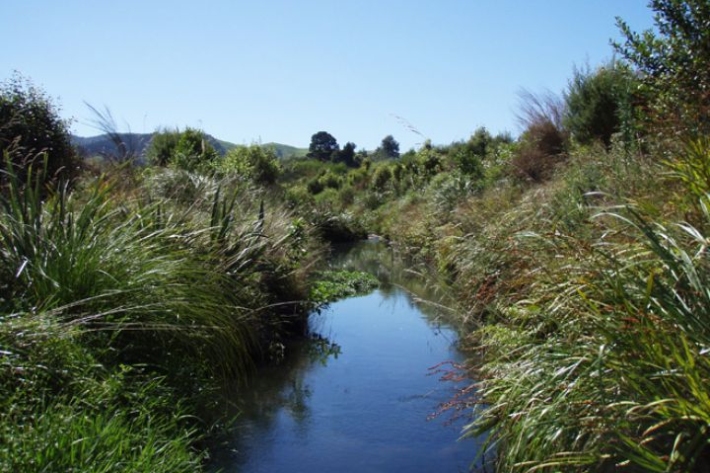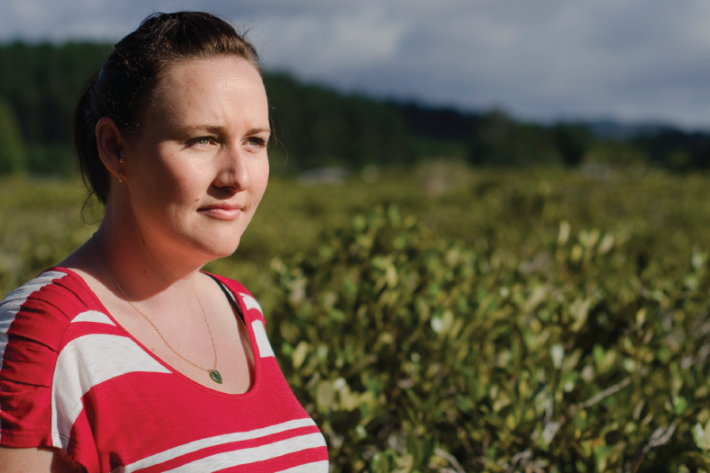-

Float your boat! Scientists use hi-tech miniature Q-boat to measure river flows
News article18 June 2012 -

French and Kiwi scientists say “oui!” to stronger scientific cooperation in the South Pacific
News article06 June 2012Representatives from NIWA and French science agency GOPS join forces to sign a significant agreement for closer scientific collaboration in the South Pacific region -

Looking to the past for a complete record of earthquakes in Poverty Bay
News article06 June 2012 -

References and further reading
References and further reading for Tuna - pressures on New Zealand populations. -

NIWA returns with undersea creatures and footage of never-before-seen undersea volcanoes and canyons
News article31 May 2012 -

New Zealand: first in the world to catalogue all its species through all of time
News article18 May 2012New Zealand is the first country in the world to catalogue its entire known living and fossil life.




